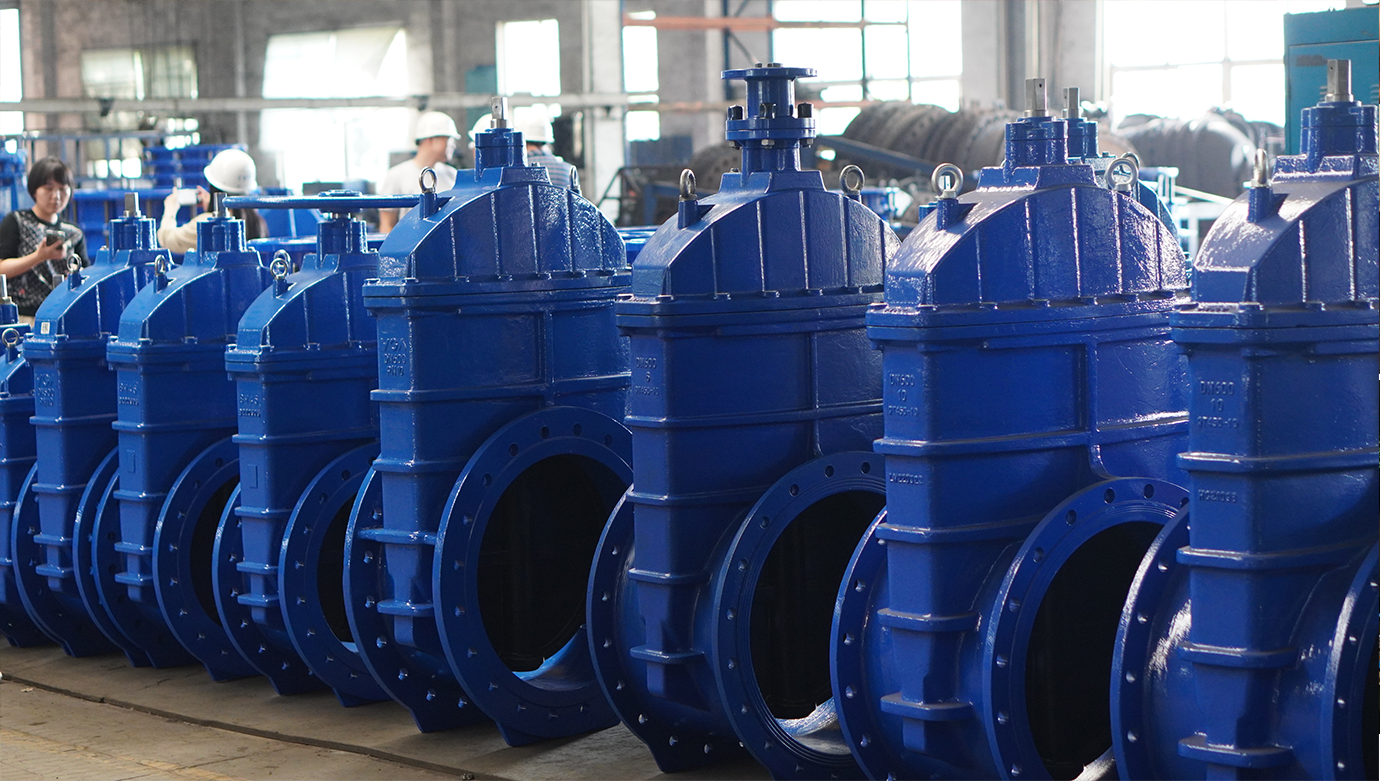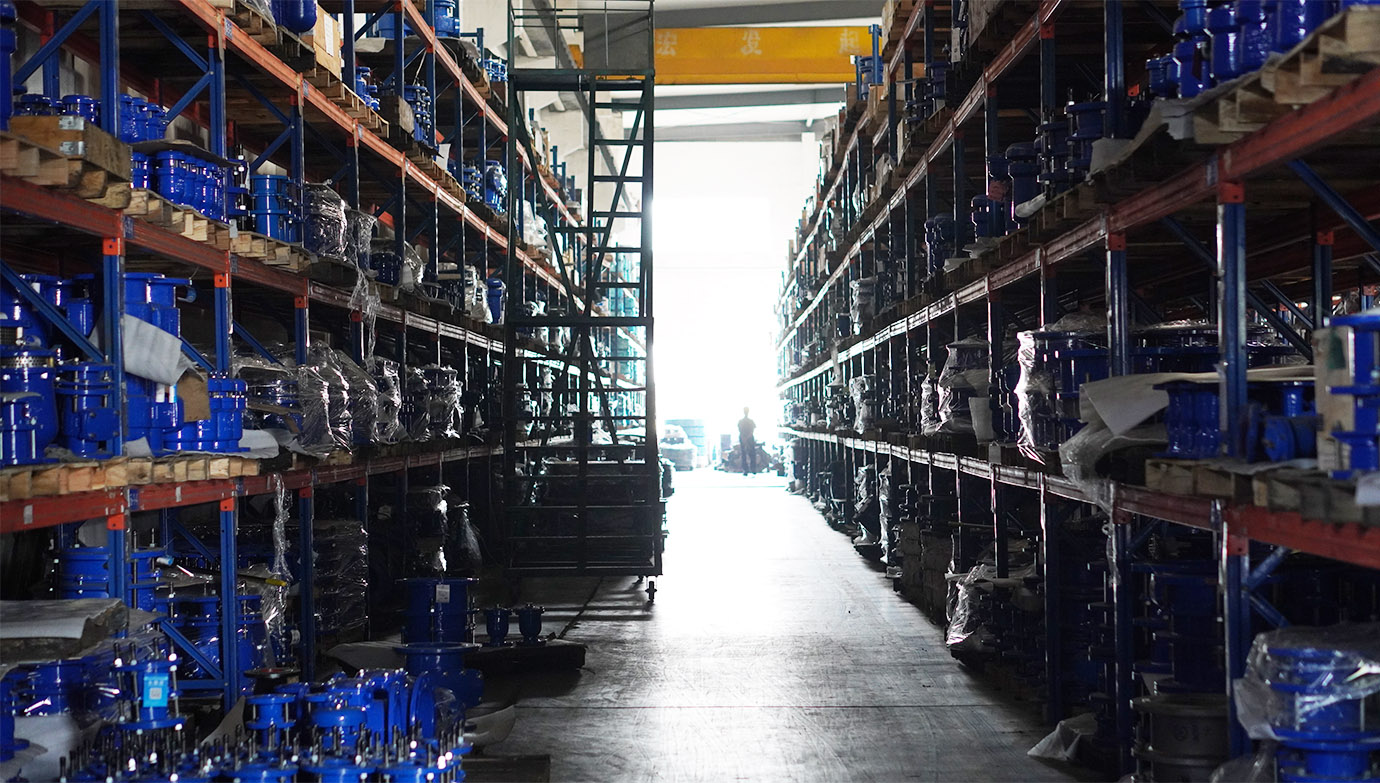 Valve Classification
Valve Classification
Valves can be broadly categorized into two main types:
1.Automatic Valves: These operate automatically, driven by the energy from the medium (liquid or gas). Examples include check valves, safety valves, control valves, steam traps, and pressure-reducing valves.
2.Actuated Valves: These require external actuation, such as manual, electric, hydraulic, or pneumatic operation. Examples include gate valves, globe valves, throttling valves, butterfly valves, ball valves, and plug valves.
Structural Characteristics
Valves can be classified based on the movement of the closure member relative to the seat:
1.Globe Type: The closing component moves along the center axis of the seat.
2.Gate Type: The closure member moves perpendicular to the center of the seat.
3.Plug and Ball Type: The closure member is a plug or ball, rotating around its axis.
4.Swing Type: The closing element pivots around an axis outside the seat.
5.Disc Type: The closure member is a disc, rotating around an axis inside the seat.
6.Slide Type: The closure member slides in a direction perpendicular to the flow path.
Valve Types by Function
1.On/Off Valves: Used to connect or cut off the medium in the pipeline, such as globe valves, gate valves, ball valves, and butterfly valves.
2.Check Valves: Prevent backflow of the medium, like check valves.
3.Control Valves: Manage the pressure and flow of the medium, including types like control valves and pressure-reducing valves.
4.Distribution Valves: Change the flow direction or distribute the medium, such as three-way plug valves, distribution valves, and slide valves.
5.Safety Valves: Release excess medium when the pressure exceeds a set value to ensure the safety of the pipeline system and equipment, such as safety valves and emergency valves.
6.Other Special Purpose Valves: For example, steam traps, vent valves, and drain valves.
Valve Types by Actuation Method
1.Manual: Operated by handwheels, levers, or chains, sometimes equipped with gear reduction devices for larger torque.
2.Electric: Driven by motors or other electrical devices.
3.Hydraulic: Driven by water or oil.
4.Pneumatic: Driven by compressed air.
Valve Types by Pressure Rating
1.Vacuum Valves: Absolute pressure < 0.1 MPa, typically measured in mm Hg or mm H2O.
2.Low-Pressure Valves: Nominal pressure PN ≤ 1.6 MPa.
3.Medium-Pressure Valves: Nominal pressure PN 2.5–6.4 MPa.
4.High-Pressure Valves: Nominal pressure PN 10.0–80.0 MPa.
5.Ultra-High-Pressure Valves: Nominal pressure PN ≥ 100.0 MPa.
Valve Types by Temperature
1.Standard Valves: Suitable for medium temperatures of -40℃ to 425℃.
2.High-Temperature Valves: Designed for mediums with temperatures ranging from 425°C to 600°C
3.Heat-Resistant Valves: Suitable for medium temperatures above 600℃.
4.Low-Temperature Valves: Suitable for medium temperatures of -150℃ to -40℃.
5.Ultra-Low-Temperature Valves: Suitable for medium temperatures below -150℃.
Valve Types by Nominal Diameter
1.Small Diameter Valves: Nominal diameter DN < 40mm.
2.Medium Diameter Valves: Nominal diameter DN 50–300mm.
3.Large Diameter Valves: Nominal diameter DN 350–1200mm.
4.Extra-Large Diameter Valves: With a nominal diameter of DN ≥ 1400 mm.
Valve Types by Connection Method
1.Flanged Valves: The valve body has flanges, and it connects to the pipeline via flanges.
2.Threaded Valves: The valve body has internal or external threads and connects to the pipeline via threading.
3.Welded Valves: The valve body has weld ends and connects to the pipeline via welding.
4.Clamped Valves: The valve body has clamps and connects to the pipeline via clamping.
5.Compression Fitting Valves: Connected to the pipeline via compression fittings.
Steps for Valve Selection
1.Determine the Valve’s Purpose: Identify the valve’s intended use and working conditions, including the applicable medium, working pressure, and temperature.
2.Determine the Nominal Diameter and Connection Method: Specify the nominal diameter and connection method of the pipeline to which the valve will connect, such as flange, threaded, or welded connections.
3.Determine the Actuation Method: Choose between manual, electric, solenoid, pneumatic, hydraulic, or electro-hydraulic actuation.
4.Select the Valve Material: Choose the material for the valve body and internal components according to the medium, working pressure, and temperature. Available options include gray cast iron, malleable cast iron, ductile iron, carbon steel, alloy steel, stainless steel, and copper alloys
5.Choose the Valve Type: Select the appropriate valve type, such as shut-off valves, control valves, safety valves, etc.
6.Determine the Valve Design: Select the appropriate valve design based on your needs, including options like gate valves, globe valves, ball valves, butterfly valves, throttling valves, safety valves, pressure-reducing valves, or steam traps..
7.Specify Valve Parameters: For automatic valves, first determine the allowable flow resistance, discharge capacity, back pressure, etc., then determine the pipeline’s nominal diameter and valve seat bore diameter.
8.Determine Geometric Parameters: Specify structural length, flange connection type and dimensions, valve height after opening and closing, bolt hole size and quantity, and the overall dimensions of the valve.
9.Use Available Resources: Refer to valve product catalogs, samples, and other resources to select the most appropriate valve product.
Valves are key control points in a pipeline. Their opening and closing parts regulate the medium’s flow, and the shape of the flow path determines their flow characteristics. When choosing the right valve for a pipeline system, it’s crucial to carefully consider these factors.
